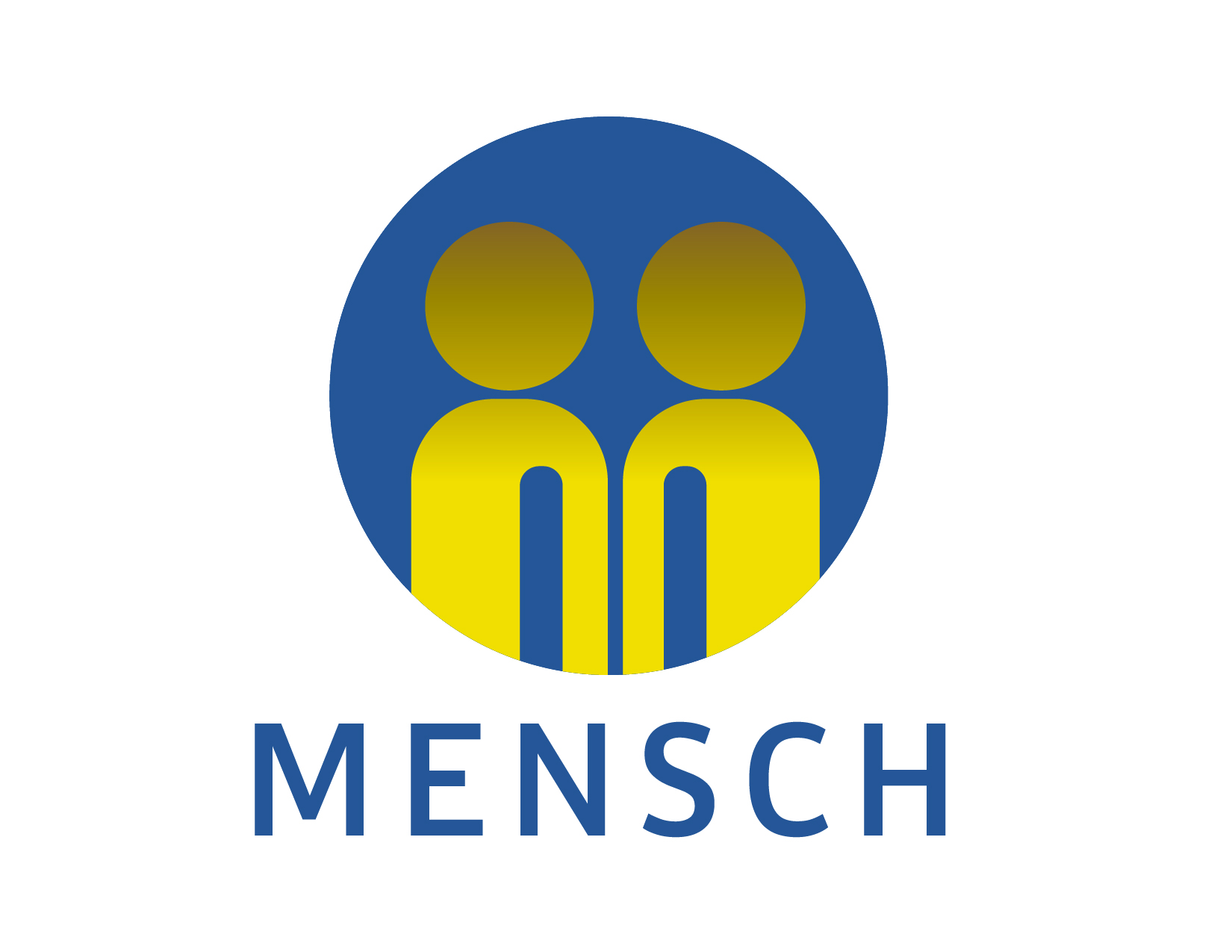


Take action to increase your performance.
- Divide the participants in equal groups in a range from 2 up to 6 participants – have participants sit in a circle or facing each other if in groups of 2
- Have the Responsibility Stems that you want to work on displayed on a flip chart or one per page on a PowerPoint slide
- Have the participants complete the Responsibility Stems one at time by going around the circle in a clockwise manner – Have them state the entire Responsibility Stem and then adding their words to complete the sentence
- Demonstrate the process by completing a sample Responsibility Stem while providing multiple answers
- Continue going around the circle until all participants have had multiple chance to complete the Responsibility Stem – this may require 2-5 minutes per sentence
- You can use multiple sentences depending on the most important topics that need to be covered
- You Have the participants reflect on their responses for completing the Responsibility Stems and determine what adjustments they need to make to accomplish their desired results for each of the topics covered
• I would only eat fast food one time per week.
• I would meditate more often
• I would spend and extra hour a day in action rather than watching TV.
• I would share my goals with family and friends and ask for accountability.
• I would have a date night every week with my spouse
• I would talk less and listen more.

Overcoming Barriers to Success
- Divide the participants in equal groups of two or three if necessary – have participants sit facing each other or in a circle if more than two participants in a group
- Instruct the participants to make “I can’t…” statements about circumstances in their life they aren’t happy with – this can be targeted for specific topics such as ‘what’s holding you back from losing weight, hitting sales goals or other relevant topics
- Demonstrate with a volunteer going back and forth
- Have the participants alternate back and forth for a minute and then stop
- Instruct the participants to switch to “I won’t…” statements using the same endings they used during the “I can’t…” round
- Continue for one minute and stop the activity
- Ask the participants to reflect on how it felt different between the two rounds – Ask a few participants to share their feelings with the group
- Instruct the participants to write down some of the “I cant’s” in their life and convert them to an “I will…” statement where they take responsibility for making an effective change to the circumstances
- Encourage them to write the “I will…” statements in positive future condition and not as a negative statement of what they don’t want

Be 100% responsible for your success!
- Reflect on a current project, goal or relationship in your life that is realizing less than the success you desire.
- Write the top three to five reasons you believe why this situation is less than successful.
- Review the reasons you’ve written down and look for wording that indicates or demonstrates not taking 100% responsibility for the results – look for wording that is blaming others or making excuses
- Rewrite the reasons stated in a manner as actions where you “take 100% responsibility for the results” and not blaming others or making excuses – write these actions in a way that states the positive condition you want to exist and not the absence of a negative condition
- Begin incorporating the actions into your daily meditation, goal affirmation and action items

Your very own Top Achiever Self Assessment Test, Are you ready for success?
Directions: Read the set of descriptors for each ‘Top Ten’ characteristic and place an ‘x’ on the continuum where you believe you fall. Be honest with yourself and go with the placement that first comes to mind. There is no benefit to over-estimating your real place on the continuum.
Post Assessment Evaluation: Review your results and make note of the top 2-3 characteristics and the lowest 2-3 characteristics. Develop strategies for leveraging your top strengths to increase your effectiveness. Select one or two of the lowest characteristics and add a development goal to your Development Plan to strengthen the lowest characteristics selected.
*Source: Top Achiever Self-Assessment is based on “Top Ten Characteristics of Top Achievers” from Close More Deals by Jeff Smith




